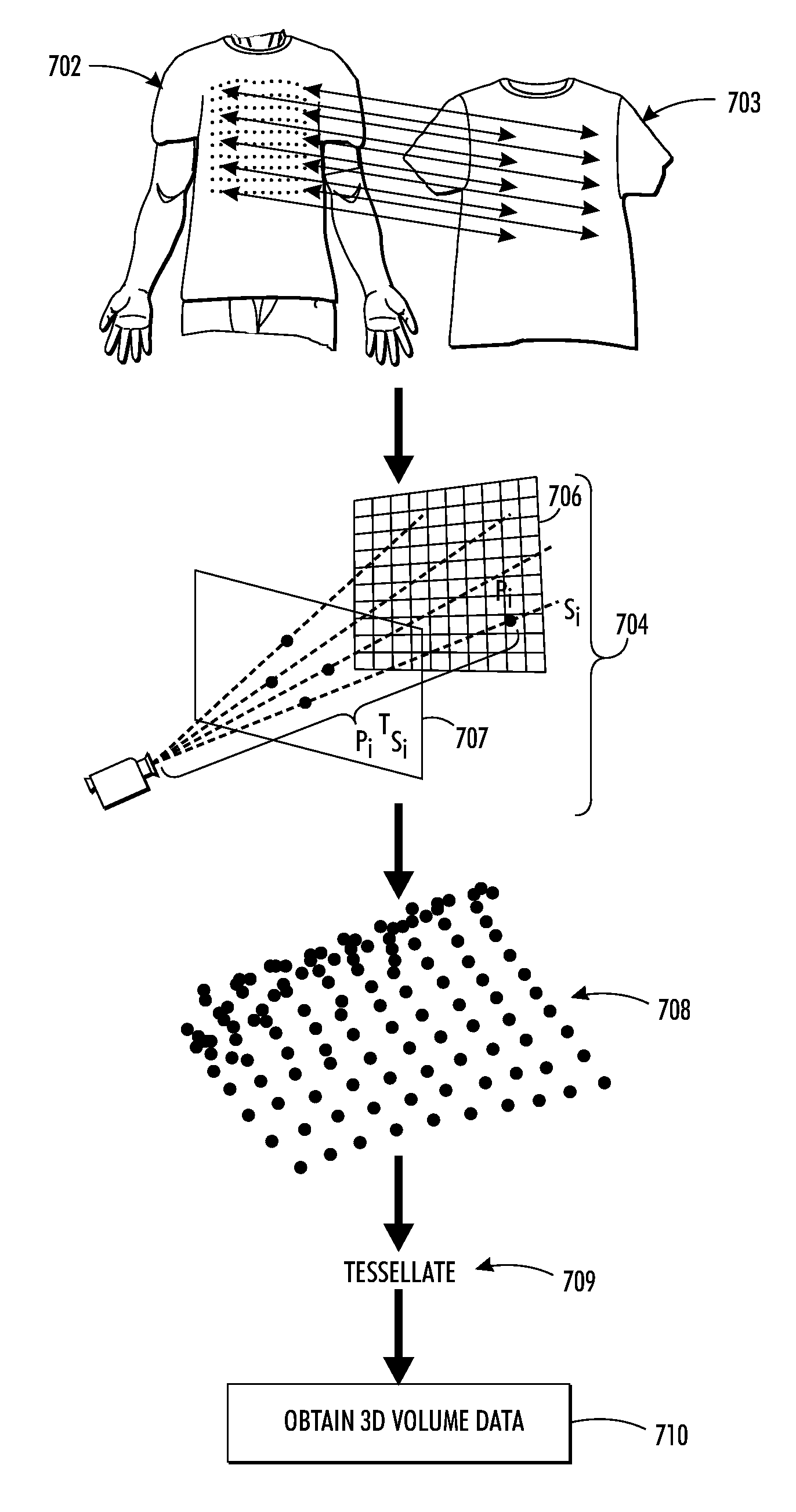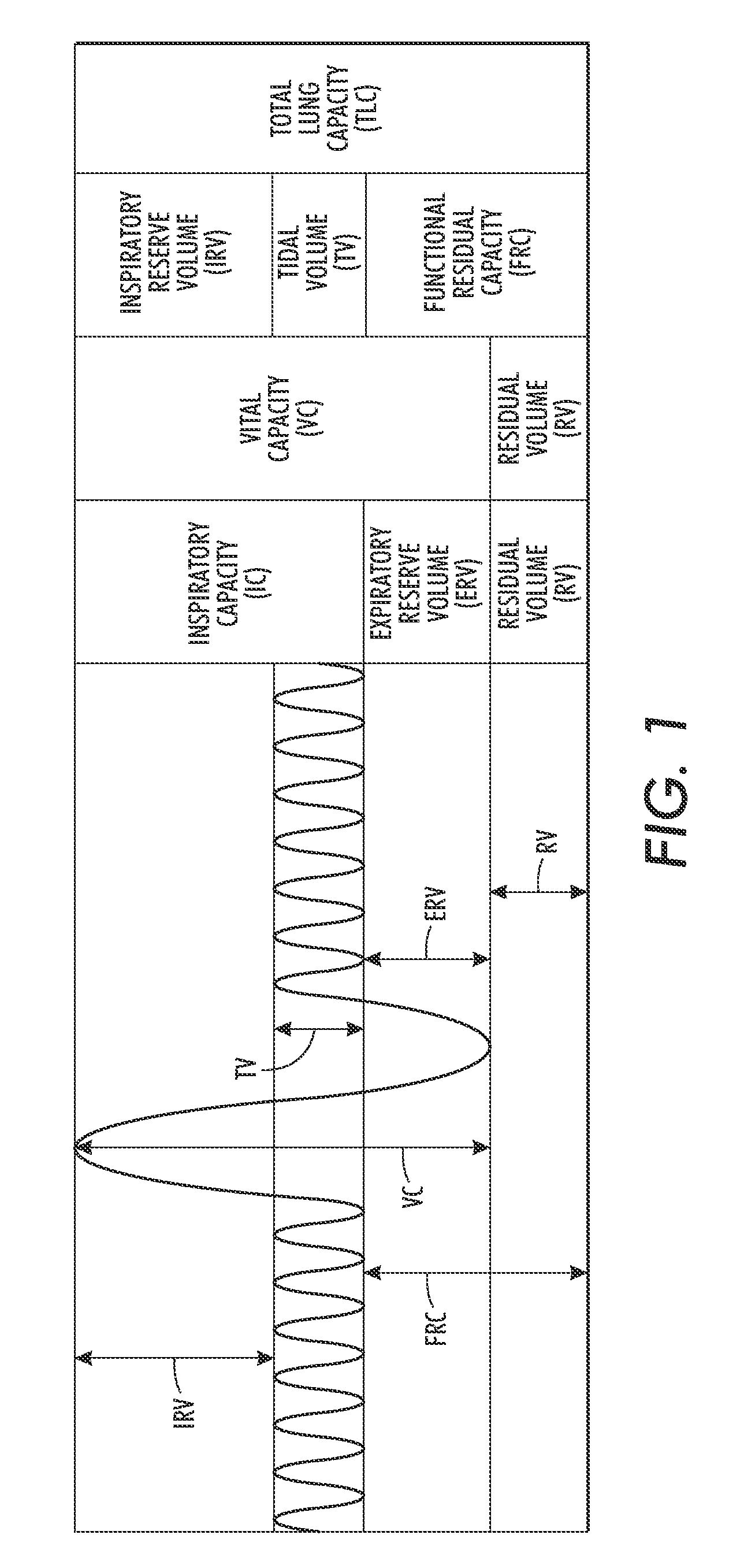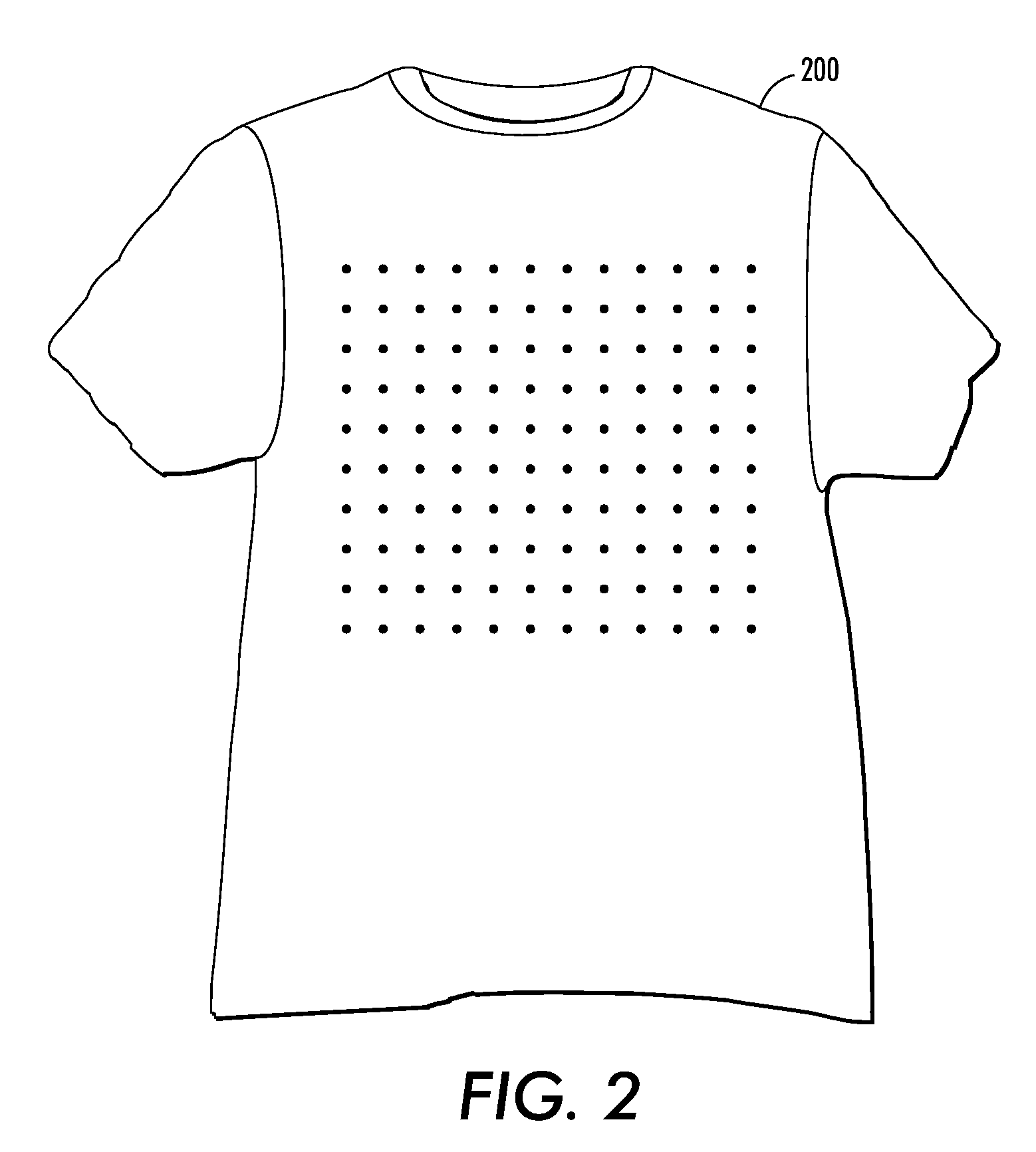Respiratory function estimation from a 2D monocular video
a technology of respiratory function and monocular video, applied in the field of respiratory function estimation from a 2d monocular video, can solve the problems of psychological dependence, loss of dignity, and discomfort of patients, and achieve the effects of reducing the risk of cardiac arres
- Summary
- Abstract
- Description
- Claims
- Application Information
AI Technical Summary
Benefits of technology
Problems solved by technology
Method used
Image
Examples
example functional
[0071]Reference is now being made to FIG. 9 which illustrates a block diagram of one example processing system 900 capable of implementing various aspects of the present method described with respect to the flow diagram of FIG. 8.
[0072]The embodiment of FIG. 9 receives a video comprising 2D monocular video images captured of a subject of interest intended to be monitored for respiratory function assessment. The captured video images are a plurality of image frames 902 captured using, for example, the video camera 502 of FIG. 5. The sequence of images 903 collectively comprises source video data acquired over time. Signal processing system 904 receives the video images into time-series signal recovery module 906 which processes the video images, in accordance with the teachings hereof, to obtain a respiratory signal 909. Memory 908 and CPU 910 facilitate processing. Signal 909 is communicated to workstation 913. The respiratory signal 909 may further be communicated to r...
PUM
 Login to View More
Login to View More Abstract
Description
Claims
Application Information
 Login to View More
Login to View More - R&D
- Intellectual Property
- Life Sciences
- Materials
- Tech Scout
- Unparalleled Data Quality
- Higher Quality Content
- 60% Fewer Hallucinations
Browse by: Latest US Patents, China's latest patents, Technical Efficacy Thesaurus, Application Domain, Technology Topic, Popular Technical Reports.
© 2025 PatSnap. All rights reserved.Legal|Privacy policy|Modern Slavery Act Transparency Statement|Sitemap|About US| Contact US: help@patsnap.com



